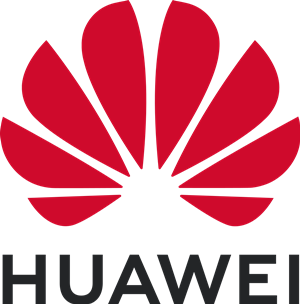
Huawei Releases Green and Low-Carbon Strategy for Data Storage
[Munich, Germany, May 2022] During the Huawei Innovative Data Infrastructure Forum 2022, Huawei’s Chief Architect of Data Storage Dr. Assaf Natanzon introduced Huawei’s new “3+1” green strategy for data storage in his keynote speech on “Green and Low-Carbon Strategy in Data Infrastructure”. Under this strategy, the company aims to reduce energy consumption per TB of data through high-density designs, system convergence, data reduction, and full-lifecycle carbon footprint management.
A global consensus on green development has begun to take shape over the last few years as the effects of climate change have become increasingly apparent. According to Huawei’s Global Industry Vision (GIV) report, by 2030, 1 YB of data will be generated globally every year, representing a 23-fold increase over 2020. Storing mass data consumes enormous amounts of energy, making green and sustainable development ever more important.
Huawei plans to continue creating innovative data storage solutions to help data centers go green with this new “3+1” green strategy. The “3” in this strategy name refers to:
High-density designs: Huawei uses high-density components and systems to increase hardware density and heat dissipation efficiency. It uses Solid-state drives (SSDs), the more energy-efficient alternative to hard disk drives, to reduce power consumption by 70% and space utilization by 50% for the same capacity. Huawei’s use of half-palm NVMe SSDs also enables its storage systems to support 36 SSDs in a 2 U disk enclosure, delivering much higher hardware density than similar products and 25% higher heat dissipation efficiency than a traditional disk enclosure.
System convergence: Huawei ensures higher resource utilization by supporting multiple protocols and eliminating storage silos. This allows a single storage system to support block, file, object, and Hadoop Distributed File System (HDFS) protocols for diversified requirements to consolidate multiple kinds of storage. In addition, these converged resource pools can consolidate multiple storage systems in data centers, improving resource utilization.
Data reduction: Huawei data storage also uses deduplication and compression algorithms as well as a high-ratio elastic erasure coding (EC) algorithm to improve space utilization and reduce data duplication. Currently, these deduplication and compression algorithms help Huawei storage systems deliver a data reduction ratio of up to 72:1 – 20% higher than the industry benchmark. In addition, Huawei’s proprietary 22+2 elastic EC algorithm achieves a maximum resource utilization rate of 91%, which is 1.75 times higher than the traditional 3-copies mechanism.
At the same time, Huawei is committed to exploring and promoting circular economy models and reducing the carbon footprint of the entire lifecycle of a product. During product development, Huawei uses renewable materials and reduces package weight by using greener packaging materials. In terms of product usage, Huawei’s Artificial Intelligence for IT Operations (AIOps) enables on-demand storage resource allocation and use. Huawei also mitigates the environmental impact of its products by maximizing product recycling through a continuously improved global recycling system.
As Natanzon explained in his keynote, “Huawei has always been committed to the green and low-carbon data storage strategy, providing customers with more environment-friendly products for sustainable development.”
Looking to the future, green development will continue to be a long-term goal for Huawei. It plans to continue helping data centers go green by enabling industrial digital transformation with its innovative technologies.


